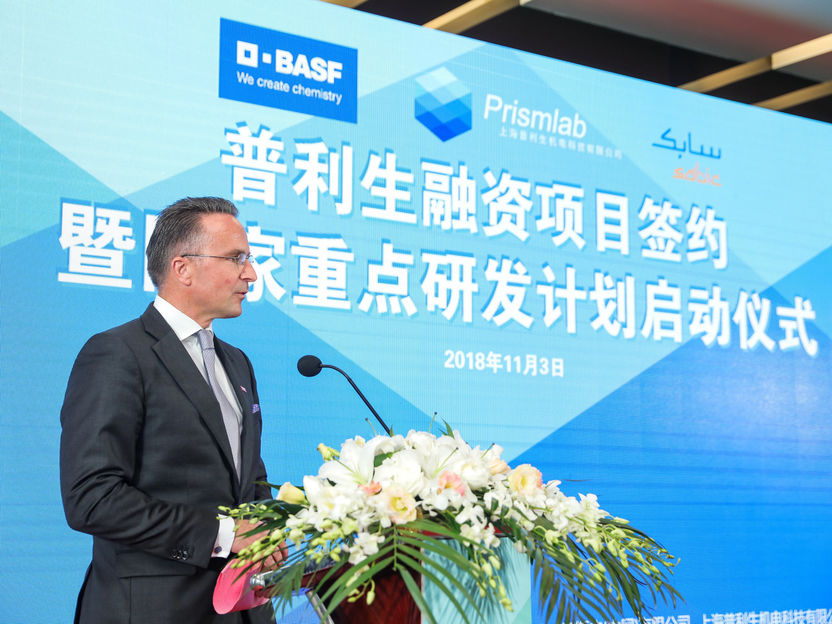Technological breakthrough made it possible to use platinum in industry
Advertisement
By the 19th century, platinum was a prized metal for jewelry manufacture. But it has a very high melting point and could not be processed on an industrial scale because the only available method of working it was a complex white-heat process. In 1856, a technological breakthrough developed by the Hanau-based pharmacist and chemist Wilhelm Carl Heraeus radically changed the situation. Using a high-heat oxyhydrogen fan burner he had developed, he was able to melt kilogram quantities of platinum and to produce high-purity grades for the first time. He not only resolved a long-standing technical problem in metal processing with this innovation, but by founding the "first German platinum melting house W. C. Heraeus" also laid the cornerstone for today's globally active precious metals and technology group Heraeus. A hundred years ago, on September 14, 1904, W. C. Heraeus, the founder of the family business, died at the age of 77.
Thanks to his development, the use of platinum quickly spread through various branches of industry. The Company's customers soon included goldsmiths shops and jewelry factories around the world, as well as dental factories, chemical laboratories, and companies in numerous other industrial sectors. In 1857 W. C. Heraeus produced only 30 kilograms of pure platinum, but by 1896 the Company's annual volume was already more than 1,000 kilograms.
Wilhelm Carl Heraeus studied Chemistry and Pharmaceutics in Göttingen where he was taught by Friedrich Wöhler, perhaps the most famous chemistry professor of his time. In 1851 he took over his father's Einhorn-Apotheke or "Unicorn" Pharmacy in Hanau, a town east of Frankfurt. His thorough scientific education served him well. While other pharmacists had difficulties getting valuable chemicals like pure hydrofluoric acid or metals like rubidium and cesium, Heraeus simply produced them himself. But the platinum problem is what really fueled the ambitious entrepreneur's efforts. It was known that platinum, which has a melting point of 1,770 °C, could be melted with a oxyhydrogen gas flame, a mixture of hydrogen and oxygen, but this process only succeed in gram quantities in the lab. Using his blower apparatus, Heraeus was able to generate sufficient amounts of oxyhydrogen gas to create a large enough flame front to melt large quantities of scrap platinum and other materials containing platinum in lime crucibles and produce high-purity platinum in a single step.
Most read news
Other news from the department research and development
These products might interest you

Whatman™ folded filter papers by Cytiva
Whatman folded filter papers
Convenient folded formats speed up your sample preparation

Systec H-Series by Systec
Safe, reproducible and validatable sterilization of liquids, solids and waste
Autoclaves with 65-1580 liters usable space, flexibly expandable for various applications

Get the chemical industry in your inbox
By submitting this form you agree that LUMITOS AG will send you the newsletter(s) selected above by email. Your data will not be passed on to third parties. Your data will be stored and processed in accordance with our data protection regulations. LUMITOS may contact you by email for the purpose of advertising or market and opinion surveys. You can revoke your consent at any time without giving reasons to LUMITOS AG, Ernst-Augustin-Str. 2, 12489 Berlin, Germany or by e-mail at revoke@lumitos.com with effect for the future. In addition, each email contains a link to unsubscribe from the corresponding newsletter.
Most read news
More news from our other portals
Last viewed contents

Electric fungi: The biobattery that needs to be fed - Microbiology meets electrical engineering
G_protein
































































